COULD HUMANS EVER SEE IN THE DARK?
Could humans ever see in the dark? Scientists are working on it…with mice!
Mice with infrared vision? Why would anyone want that? Scientists would, and have achieved infrared vision with mice. Will humans be next?
Our world is full of beautiful colors, so it’s easy to forget that the spectrum of light visible to humans is a teeny sliver of what’s out there in the universe. But wouldn’t it be fantastic to see in the dark? That’s what infrared vision is. Let’s make sense of this science. To do that, we’ll take a look at light.
VISIBLE LIGHT SPECTRUM
Why can’t humans see in the dark?
Most of us are born with the capability to see what scientists define as visible light. It’s a matter of how our eyes function. ‘seeing in the dark, means seeing light in the infrared portion of the spectrum.
Other animals see far more.
SNAKES
Snakes which hunt for warm blooded prey can detect infrared light (given off by body heat) with special sensors.
Pit organs enable snakes to see in infrared, or heat vision. A python top right) and rattlesnake bottom right) Arrows pointing to the pit organs are red; black arrow points to the nostril.
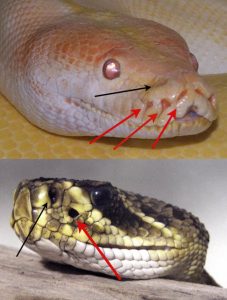
Blind snakes can still hunt and successfully find prey because of their pit organs.
Other animals are adapted to the opposite end of the light spectrum.
WHAT DO BEES SEE?
Bees find flowers with the ultraviolet capabilities they have in two of their five eyes.
That’s right! Bees have five eyes.
This lupine looks blue to the bee! Why?
Bees have a trichromatic vision with ultraviolet, blue, and green photoreceptors in their compound eyes.
Bees see UV, blue and green!
Each of the two huge compound eyes is made up 150 tiny structures called ommatidia.
The number of ommatidia in the bee’s eyes allows it to find different types of flowers and home in on the nectar location by their ultraviolet patterns.
The three simple eyes are called ocelli. Ocelli only have one lens. They aid in the detection of light intensity in general. Thus, the ocelli help bees navigate during flight.
So it makes sense that many flowers have ultraviolet patterns on their petals.
And that bees can see the patterns!
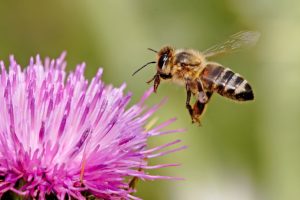
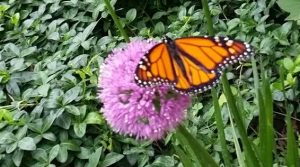
FLOWERS AND ULTRAVIOLET LIGHT
Flower photographed in visible light (left) and ultraviolet light (right). The flower on the right is what a bee sees.
Imagine that! A yellow flower to us looks blue-purple to a bee!
Remember, bees can’t see yellow! They see green or blue instead.
Studies have proven that wild bees favor 430–480 nm. Blue flowers.
Humans can’t perceive UV light directly because the lens of the eye blocks most light in wavelength range of 300nm~400nm.
If a lens is removed, such as with cataract surgery, then the human eye can detect UV light.
Humans with no lenses may have a more colorful world, but bee vision has limitations!
Bees can’t see red – closer to the longer wavelength end of the spectrum – while humans can.
Click HereWill humans be able to see in infrared?
Let’s get back to those longer wavelengths, or red side of the spectrum. Seeing in infrared would enable us to see in the dark!
We’ve already mastered the ability to capture images of our world in infrared. Notice the red coloration closer to the equator, where it’s hotter.
Why not our eyes?
NANOPARTICLES
Nanoparticles are small! It would take eight hundred 100 nanometer particles side by side to match the width of a human hair. This tech is used in many fields of research.
The type of vision the researchers are trying to achieve wouldn’t be like the cool images infrared goggles produce. It would be more like seeing an object that was giving off heat with a brighter and greener intensity.
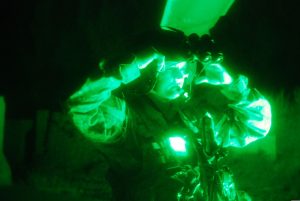
INFRARED VISION...WILL HUMANS BE NEXT?
NANOTCH COULD HELP WITH VISION PROBLEMS!
But injected nanoparticles that glue themselves to photoreceptors could possibly be used to treat people with vision problems or to deliver drugs inside our eyes.
Vision augmented with near-infrared capabilities wouldn’t let us stalk prey through the woods, but it could potentially open up our world in other ways.
SEE THE WORLD IN NEW WAYS
While I’m thinking about celestial events, here’s a post that outlines the top 12 astronomy events for 2021!
What do you think about this developing tech? Would you want to do this, to see in infrared?

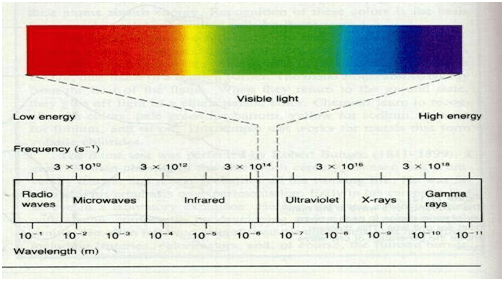
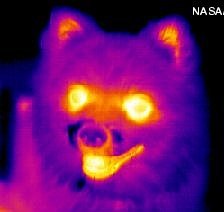
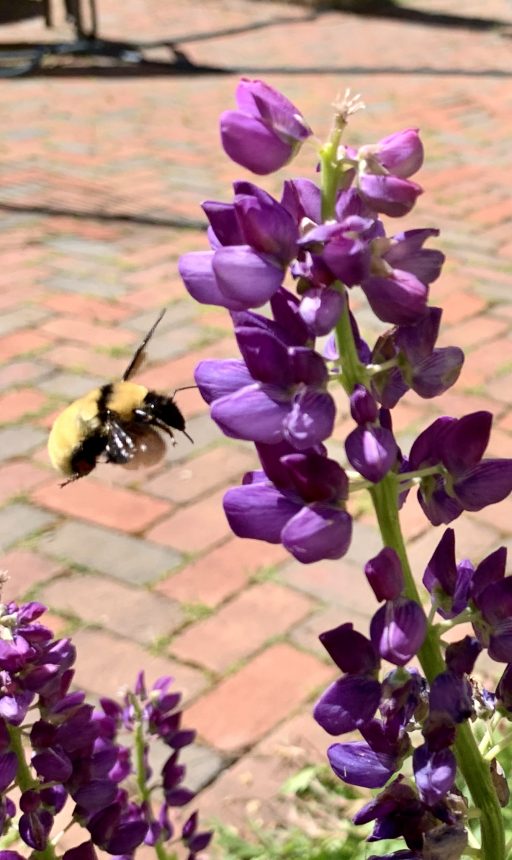
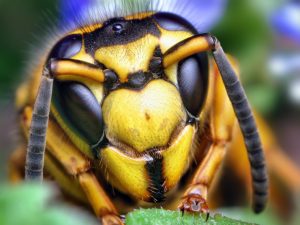
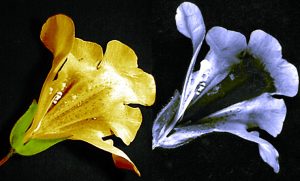
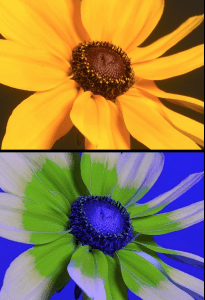

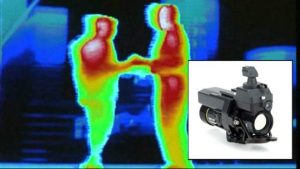
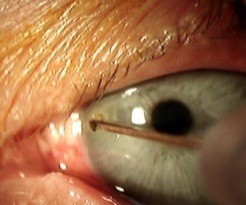
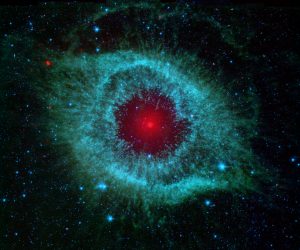
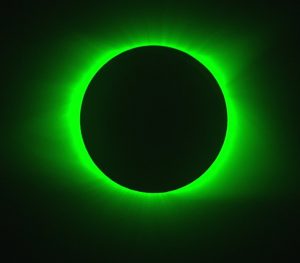

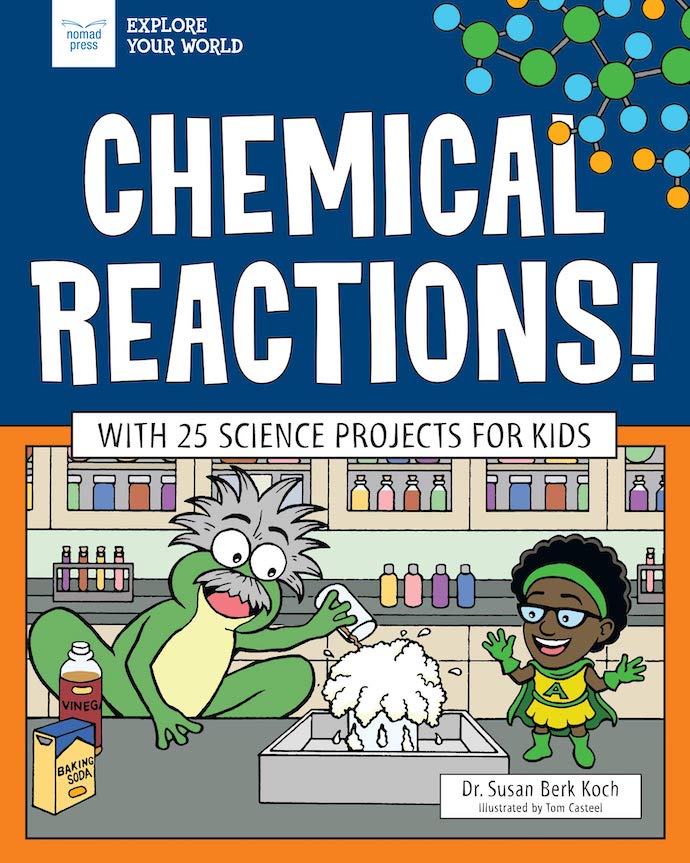

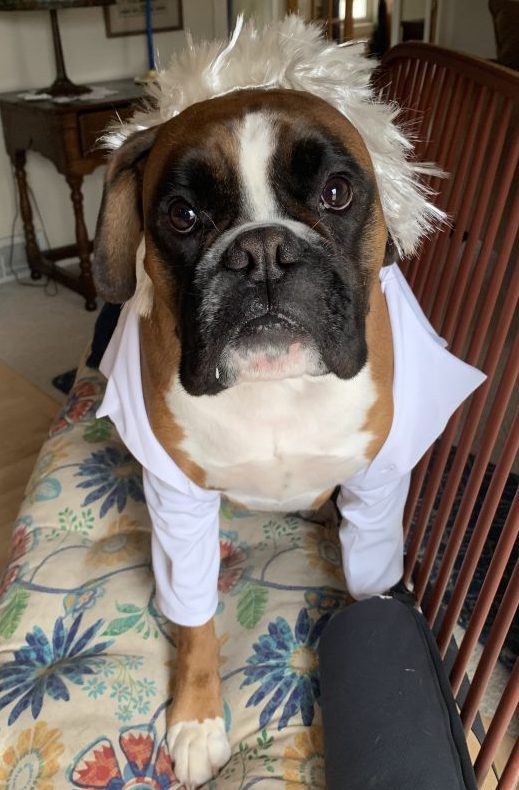

I’d do this for sure. I’d love to see in infrared!
I would too! Thanks so much!